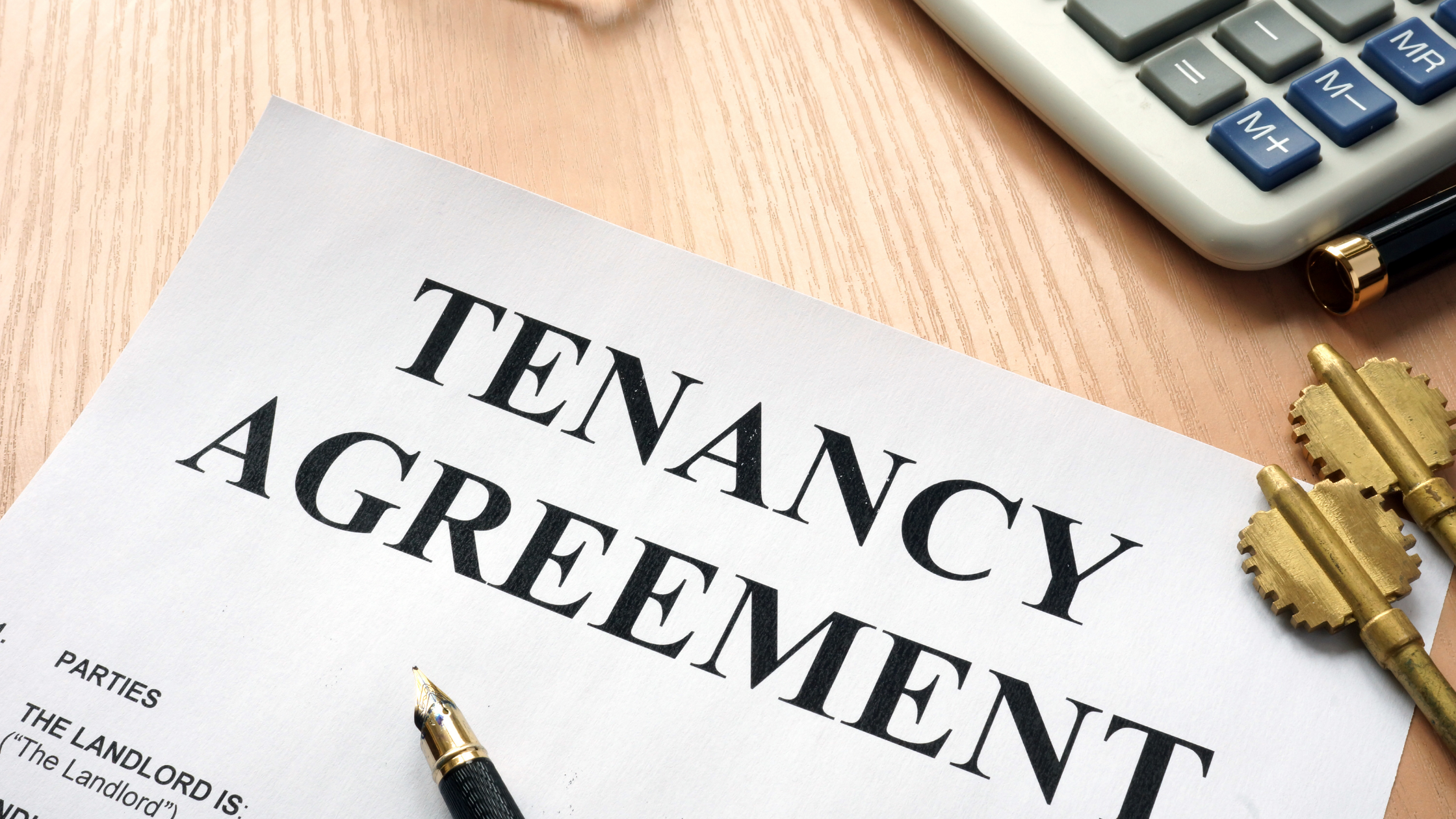
High-level research has revealed that buy-to-let landlords have more control over their rental fees. Since March 2020, 300,000 fewer properties have come onto the rental market compared to the previous 12 months. And, London is the only region where more homes are available to rent now than in February 2020.
The research has shown that the South West and Wales have seen the most significant declines, with 48% fewer homes available to rent in February 2021 than the previous year. Why has there been such a reduction in the supply of rented homes? Perhaps the urban-rural divide which appeared at the start of the pandemic, only to deepen over the past months, can be accountable.
There were 16% more homes available to rent in cities, while towns and countryside spots located recorded falls of 28% and 52% respectively. Would-be tenant numbers remained flat in the countryside while dropping 10% in cities (Landlord Today).
Due to the reduction of rental homes on the property market, landlords have had more control over securing a higher rent than they had previously had. This spike is the highest since 2016, with an average increase of £60 per month. For example, 62% of landlords in the South West were able to raise their rents. However, just 37% of London landlords were able to secure higher rents, which is the lowest proportion in any region.
According to Aneisha Beveridge, head of research at Hamptons, “tenants are now faced with significantly less choice, which in turn is pushing up rents. And with many landlords having multiple offers on the table, half of investors have been able to increase the rent they charge.”
“At the same time, many renters who were looking to buy had to put their plans on ice and continue renting as banks sought larger deposits for house purchases…However, there are signs that this could change. Over the last five months, and in an effort to beat the original stamp duty deadline of the end of March, landlord purchases started to rise, which will add to stock levels when these homes complete.”
The best advice for property investors looking into the buy-to-rent market is to act sooner rather than later. With fewer options on the market for renters, landlords have more power to raise rents and still secure a tenant. With the stamp duty extended as well, you can still benefit from less tax when purchasing your properties. If you wait too soon, you risk entering the rental market with hundreds of more landlords and not benefit from higher rents.
Secondly, property investors need to consider renting trends before purchasing property. With cities being more preferable for renting than rural areas after the impact of the pandemic, property investors need to consider purchasing property in more popular areas. With the pandemic revealing to many of us our true desires concerning where and how we want to live, people’s decision regarding where they rent property is sure to last a long time. This implication could mean long-term tenants and a steady income if property investors choose the right location.

